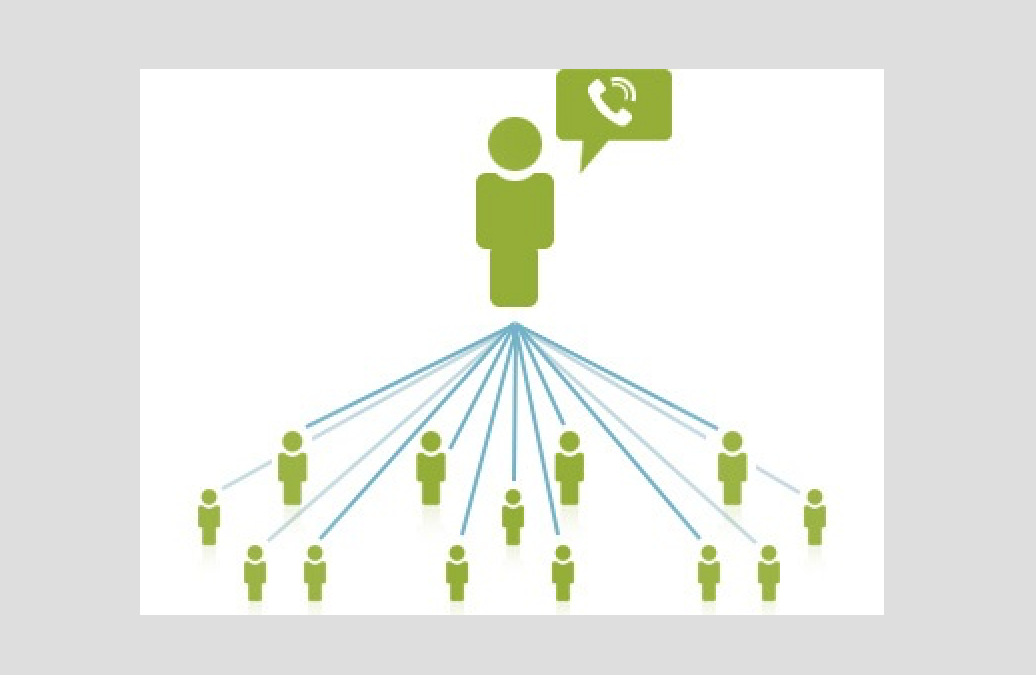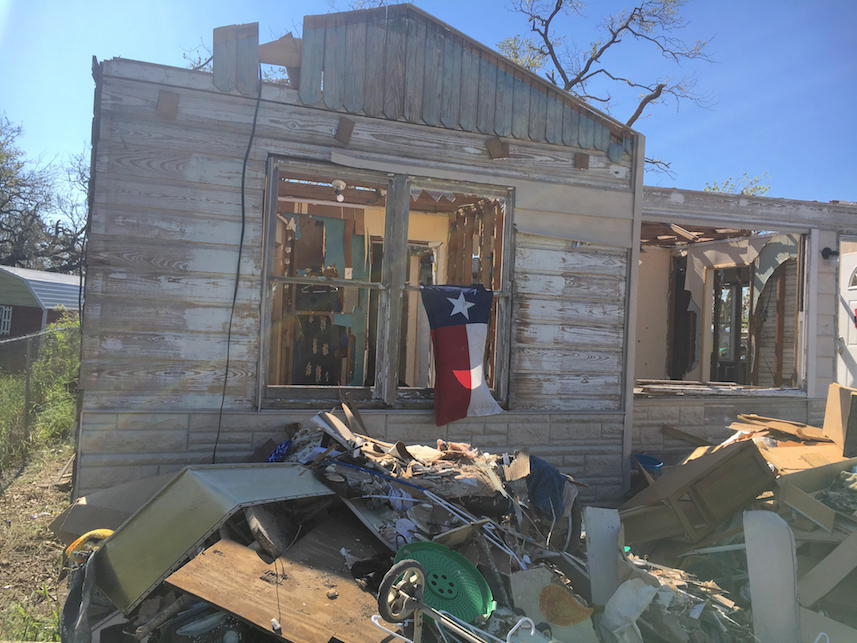by Lance Cashion | Dec 23, 2021 | Apologetics, Communication, Culture, Family, Politics, Relationships, Video, Wisdom, Worldview |
This video is designed to help the Christian to guide and navigate discussions in a helpful and positive direction.
Biblical Foundation:
A gentle answer turns away wrath, But a harsh word stirs up anger.
PROVERBS 15:1
Focus on what is Good, True and Beautiful
Ask yourself these four questions:
- What is good that we can celebrate, promote and preserve?
- What is missing we can contribute?
- What is evil we can stop?
- What is broken we can restore?
Share your story and encourage others to share with you.
- Share your best memory from this year.
- Share your biggest challenge, loss, failure, or heartbreak.
- Share what you learned or how you changed this year.
- Share one thing you would change about yourself or the world around you.
Help people to think by asking really good questions:
- What do you mean by that?
- How did you come to that conclusion?
Respond with kindness and a gentle answer… “Thank you for sharing your point of view. This conversation has been valuable to me.”
Break the stereotypes and narratives by allowing people who may be at odds with you to see a really Christian.
Remember, you are not called to ‘win’ arguments, you are called to be a witness.
“You are the light of the world. A city set on a hill cannot be hidden. Nor do people light a lamp and put it under a basket, but on a stand, and it gives light to all in the house. In the same way, let your light shine before others, so that they may see your good works and give glory to your Father who is in heaven.” MATTHEW 5:14-16
[DISPLAY_ULTIMATE_SOCIAL_ICONS]

by Lance Cashion | Mar 20, 2020 | Communication, Education, Encouragement
As Local Outreach pastor leading community outreach at a large church in Fort Worth with two multi-sites, a lot of people ask me how they can help others. At a time when social distancing and self-quarantine are necessary to protect our neighbors from COVID19 (corona virus), we must be creative and careful in how we help.
One of the best ways EVERYONE can help is the old-fashioned, time-tested ‘Call Tree.’ I recommend everyone create call trees in their own neighborhoods.
This is a simple, safe and highly effective way for out people to engage with their neighbors. It’s also ‘low-tech’ relational.
Call Tree
Definition: A call tree is a simple communication model used to notify friends and neighbors of an emergency or need. The idea comes from crisis management protocols. A call tree is also known as a phone tree, call list, phone chain or text chain.
One person gathers contact information for a group. In the event of an emergency or urgent need, someone from the group can text/call the Point of Contact (POC) who will send out a group text to ask for help – meeting the need or dealing with the emergency.
Simple Steps to creating a call tree:
Step 1: You invite 8-10 neighbors to join a neighborhood call tree for emergencies or urgent needs.
Step 2: You offer your cell number to neighbors. Ask for the participating neighbor to text their name back to you to be included in the call tree. (This ensures the contact information is accurate).
Step 3: After gathering all willing neighbors’ contact info, you can loop in everyone in the group with a group ‘welcome’ text.
Step 4: Move quickly when an emergency need arises.
Click here CALL TREE DIAGRAM (PDF)
Call Tree Etiquette:
1. Give First by offering your cell number to neighbors. Always “invite” your neighbor to join the group. If they decline, just offer them your cell phone number and let them know to contact you if they need anything.
2. Be clear on the outset that this is a neighborhood call tree for emergencies and urgent needs only (medical emergency such as illness, food/water, grocery run, prescription pick-up, job loss, elderly neighbor welfare check-in).
3, Inform your neighbors that you will NOT share their contact info with anyone outside the neighborhood call tree.
4. Place a time limit of 30 days on the call tree. On the outset, inform your neighbors that the call tree will be active for 30 days. If we’re still dealing with COVID-19 in 30 days, ask each neighbor if they want to remain on the call tree. Then run it for another 30 days (repeat if necessary)
5. SOCIAL DISTANCING: Due to the current environment, we recommend writing a note and putting on their doorstep in the event you don’t see them often – inviting them to the neighborhood call tree – make sure write your cell number, full name and address in the note.
Pro Tips:
If you already know your neighbors and have their contact, encourage them to reach out to others you may not know. Be available by sharing your contact info and willingness to help.
Make note of any first responders or medical personnel in your neighborhood. Write them a thank you note – invite them to join the neighborhood call tree.
Contact your neighborhood patrol officer and let him/her know you have a neighborhood call tree and invite them to join – or ask if you can contact them if a need arises.
If anyone in your area becomes ill with COVID-19 (or any other illness), find ways to serve them and their family using the call tree.
There you have it! A call tree is simple, low-tech way to build relationships and meet needs in your community at a time when we are forced to limit our human contact due to social distancing.
Read previous post: Alone Together
If you like what you read here, please subscribe – sign-up here. Every time I post something new, you will receive an email.

by Lance Cashion | Sep 14, 2017 | Communication, Current Affairs, Leadership
I have been down to the Texas coast twice in the last two weeks since Hurricane Harvey.
The first time was to recon the area and connect with local churches and city leaders in Aransas Pass and Rockport. I lead a team of men who were tasked to serve a small local church on my second visit. Over the years, I have seen the devastation of Hurricanes Andrew and Katrina, the EF5 multiple vortex tornado in Joplin, the EF3 tornado that hit downtown Fort Worth, the rubble of the twin towers in New York City and other disasters. However, Hurricane Harvey is different. Hundreds of miles of Texas coastline from Corpus Christi to Beaumont are disaster zones. Destruction can be seen 20-40 miles inland in some areas. The southern-most zone where Hurricane Harvey made landfall looks much different than the north. The destruction in Aransas Pass and Rockport came from straight-line winds of 130-140 mph and mini tornadoes spun off by the hurricane. In Houston and Beaumont, the destruction is from massive flooding.
Wherever you go along the coast, you’ll see devastation everywhere.
It is heart-breaking. Most of the attention and support is flowing toward the Houston area. Therefore, when you talk with people in disaster zones hundreds of miles outside of Houston, you’ll soon learn a heart-breaking truth. The people outside of Houston feel forgotten. Look around the small towns and villages, you’ll see why. FEMA, Red Cross, etc. have little to no presence in those areas. Small communities are forced to fend for themselves and depend on what little outside help comes their way.
“The people outside of Houston feel forgotten… Where is their voice?”
The city of Houston receives the media’s focus. Most of what you hear outside of the Houston area is; “Houston, Houston, when are you going to Houston? How are we going to help Houston” Don’t get me wrong, I love Houston and they absolutely need help. However, there are millions of people who don’t live in Houston yet lost everything. Where is their voice? Every time people along the coast hear, “Help Houston”, they are hearing something else, an unintended message of, “We have forgotten you!”
In conclusion, here is the challenge for every Texan.
1. Help Houston!
2. Don’t forget your fellow Texans’ cry for help outside of Houston. Help them too!
Texans are big enough to handle both. Aren’t we?
Read previous posts: Fatherhood: A Father’s Gain – Part 2 If you wish to subscribe to this blog, please sign-up here. Every time I post something new, you will receive an email.

by Lance Cashion | Mar 11, 2014 | Communication, Culture, Jesus Christ, Lance's Philosophy, News, Personal Growth, Relationships, Trending Topics, Uncategorized, Wisdom

Warren Buffett’s Car
(This is a free-flow exploration born from the above statement)
Prejudice is a preconceived opinion or prejudgment that is NOT based on reason or actual experience. It is an unfavorable opinion formed without knowledge, thought or reason (wikipedia & dictionary.com)
Most of us think of prejudice in terms of race, ethnicity, gender, etc. It has become an emotionally charged word in our culture. Therefore, I’ll use the word ‘prejudgement’ for the sake of this discussion because this is the case for ALL people we interact with.
We must constantly be on our guard against prejudging people. If we’re honest, we understand that we prejudge people before we actually know them all the time. It is almost impossible to keep from doing this. With every introduction or handshake, I am making prejudgements. You are too.
The problem as I see it, is we’re making internal statements about the individual instead of asking internal questions. In my mind, I am making presumptions about this person which amount to snap character judgements. Instead, I should be asking asking myself character questions.
Why is any of this important?
If I prejudge someone before I actually know anything about them, my perception of them will be distorted. This distortion will taint the relationship. This causes miscommunication, missed opportunities and prevents meaningful growth. Basically, the relationship is DOA (Dead on Arrival). It is dangerous to base our thinking about someone on a non-reality or an opinion preformed without any knowledge.
The Difference: Intuition and Prejudgment
I’ve learned a recurring lesson regarding prejudgement. The majority of the time when I’ve made a snap judgement before knowing someone, I later find out I was completely wrong. Have there been occasions when I’ve gotten a ‘bad feeling’ or sensed something ‘a bit off’ with someone? Absolutely. My gut (intuition) has protected me from many catastrophes in the past. However, intuition is not the same as a prejudgement. It is up to you and me to learn how to know the difference. It is a mind game we must master.
How do I prevent or minimize prejudgement?
Discipline: I understand my default is to make snap judgements. I must learn to turn my internal statements into internal questions about a person. To do this, I must constantly train my mind to recognize my folly and adjust it.
First impressions covered in grace:
Grace: I understand that extending grace is a better way to engage people I meet for the first time. People put a lot of weight in first impressions. But, if my dear friends prejudged me on their first impression of me, I’d have no friends. LOL! Leading with grace into an initial interaction with someone is beneficial and makes room for growth and is fertile soil for cultivating trust.
Think about how most people prejudged Jesus Christ during his time on earth. He was a poor, simple carpenter from an obscure little town called Nazareth. He did not have a big palace or chariots or teams of servants. Jesus surrounded himself with gnarly fisherman and others who we may consider ‘lowlifes’ today. Whether you are a Christian or not, you must admit that he is much more than poor, simple carpenter.
Most people we meet are much more than our prejudgement or prejudices dictate.
Look at Warren Buffett’s car again… Does it look like the kind of car a Billionaire would drive?



